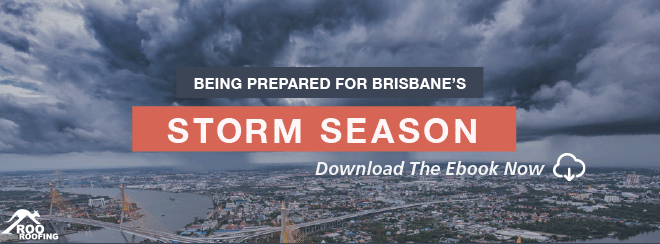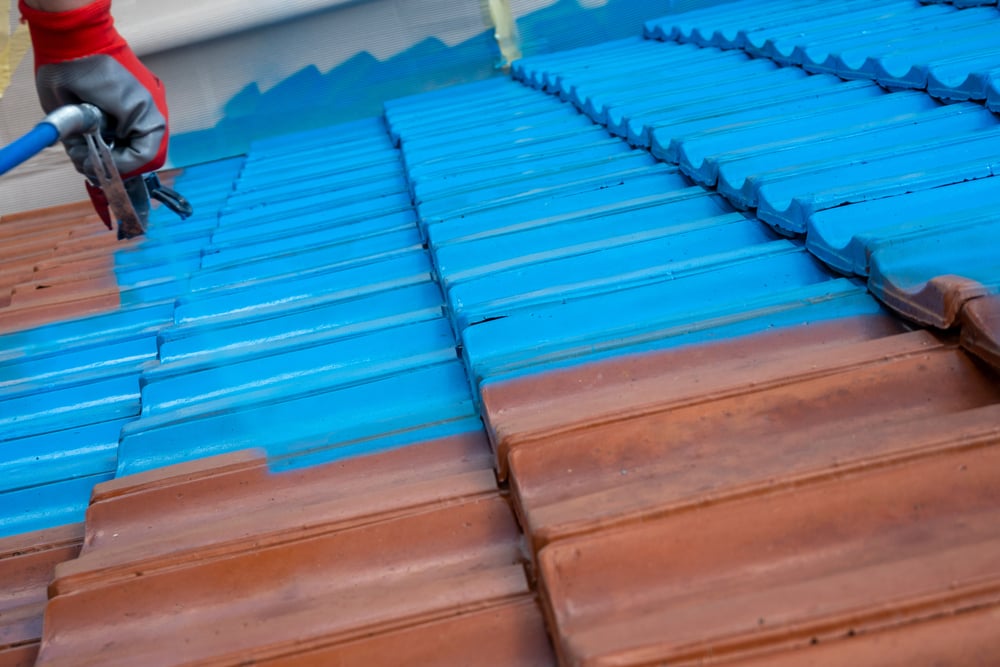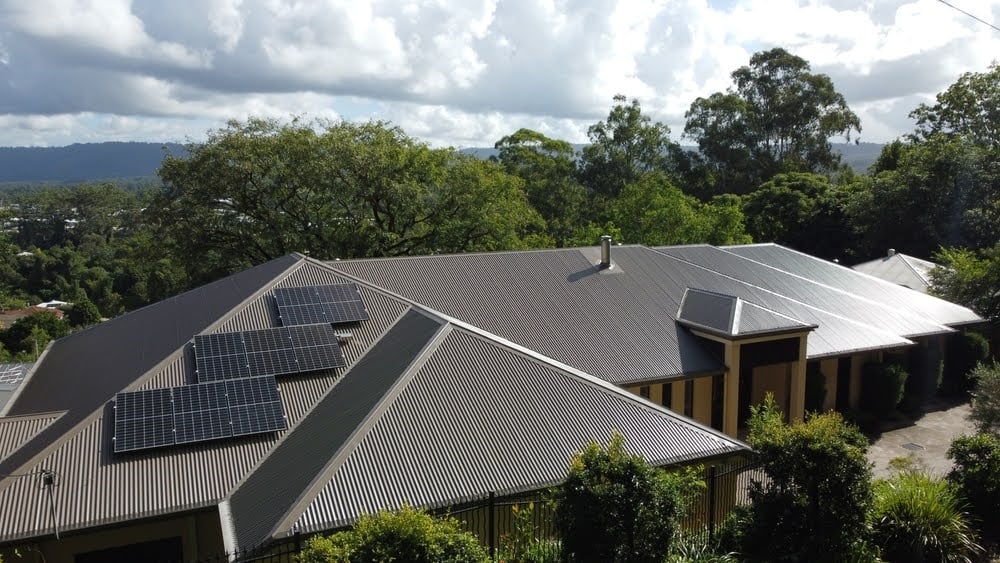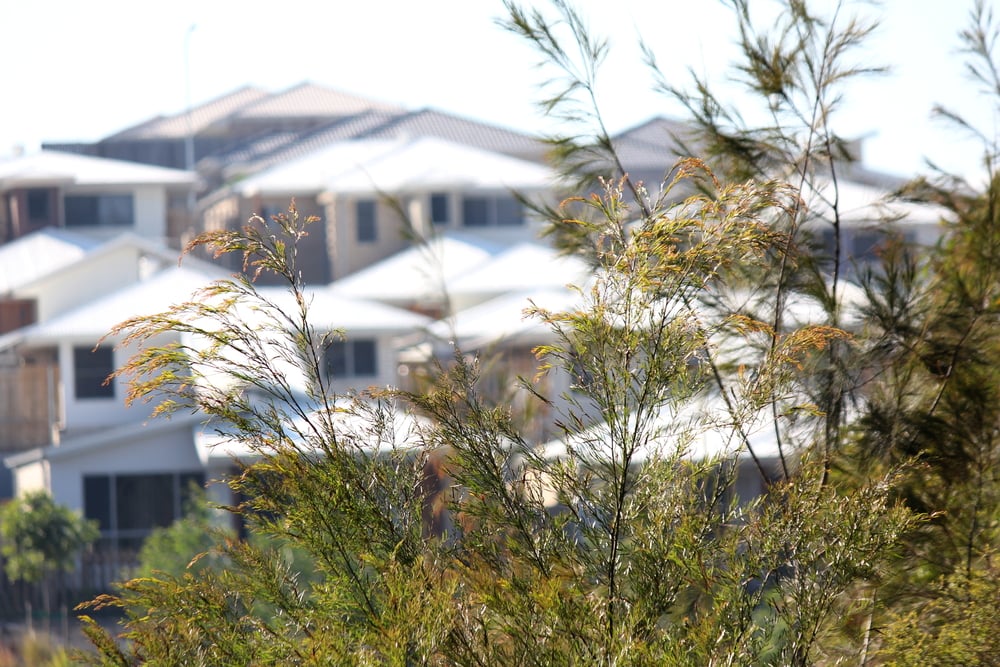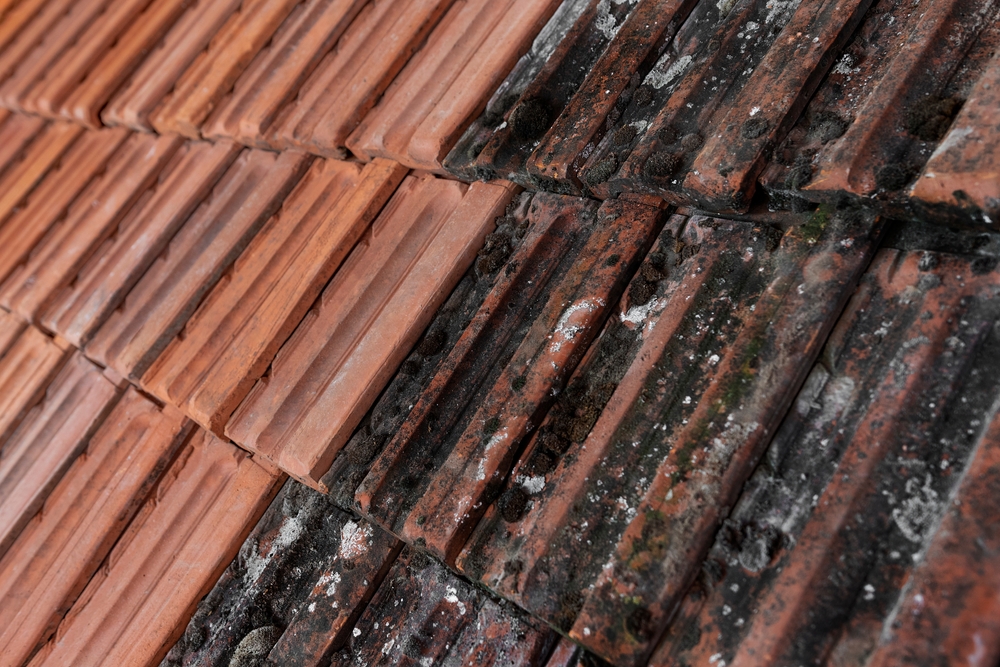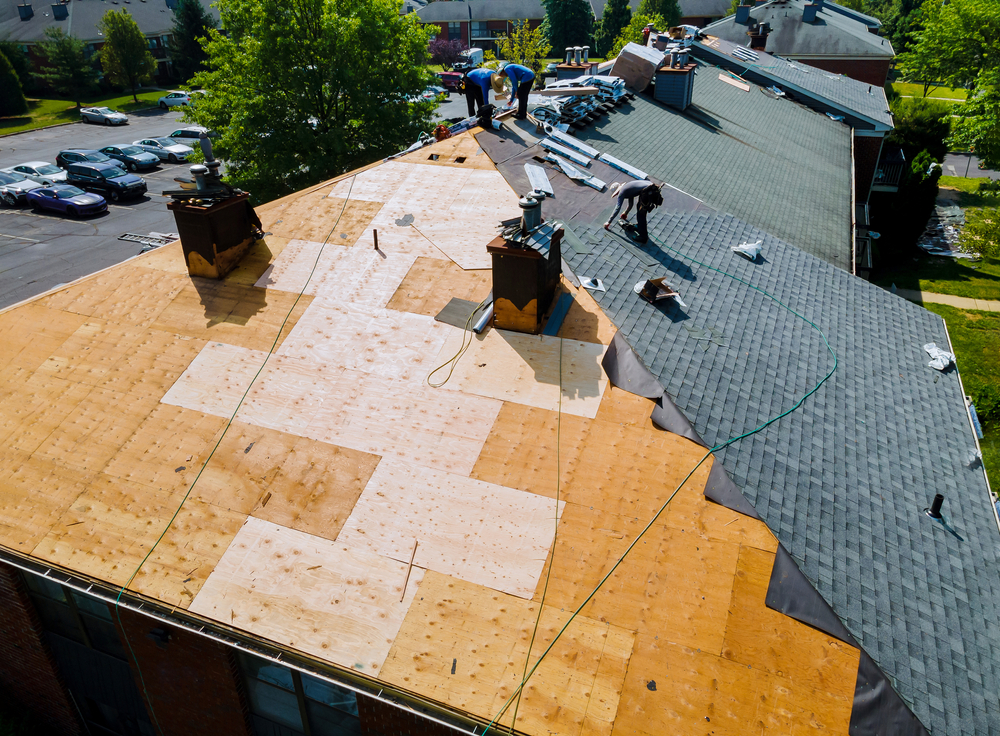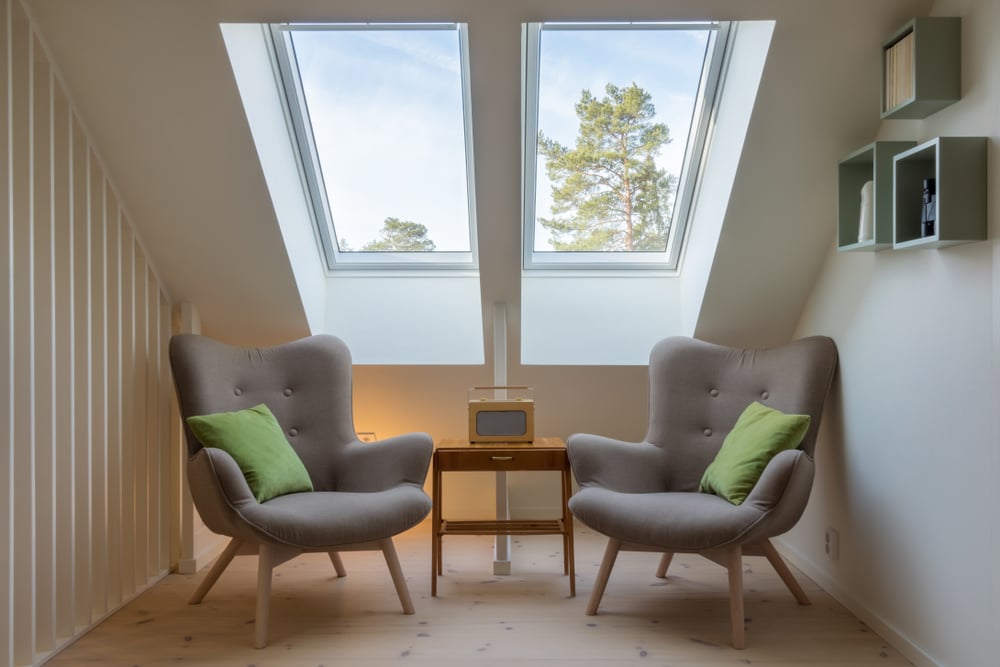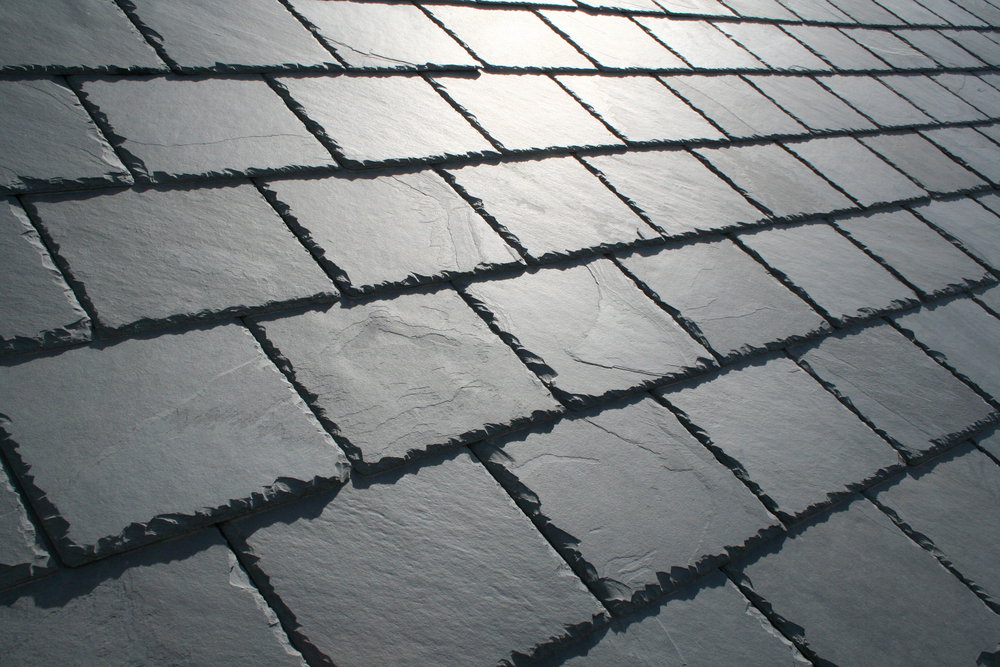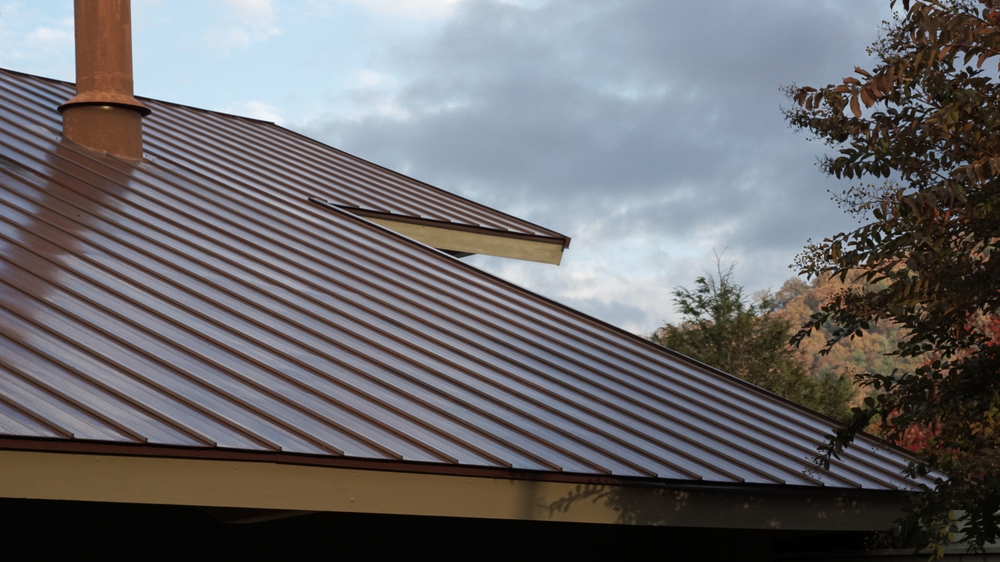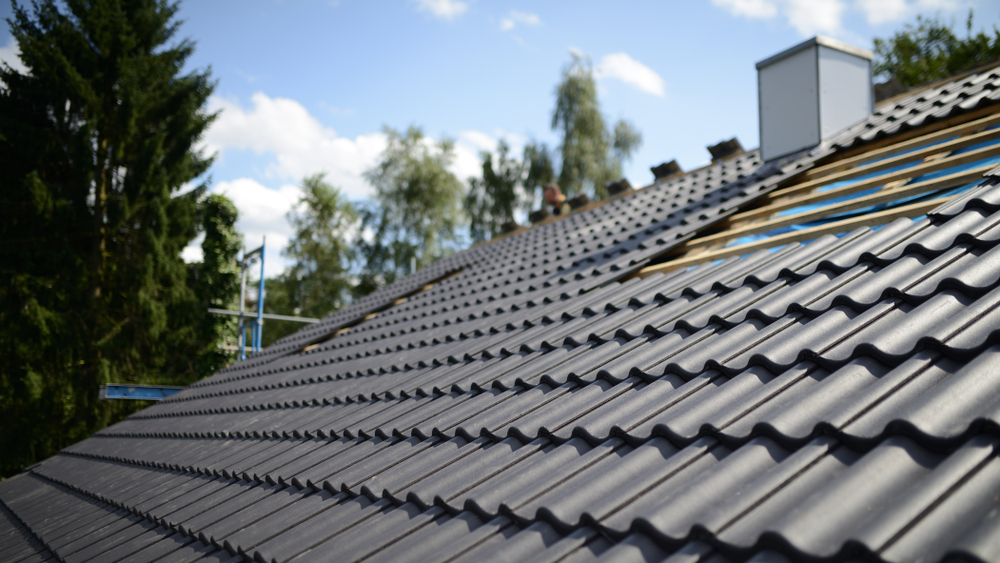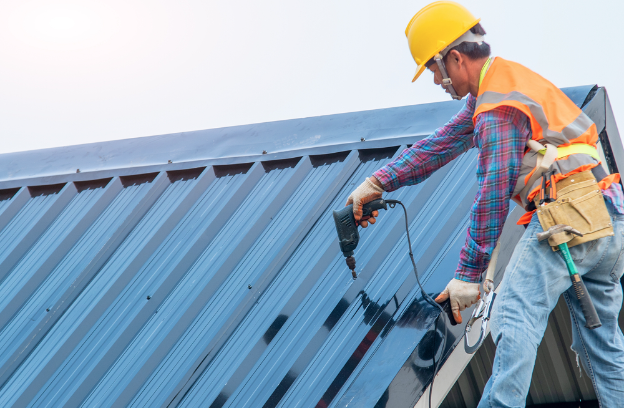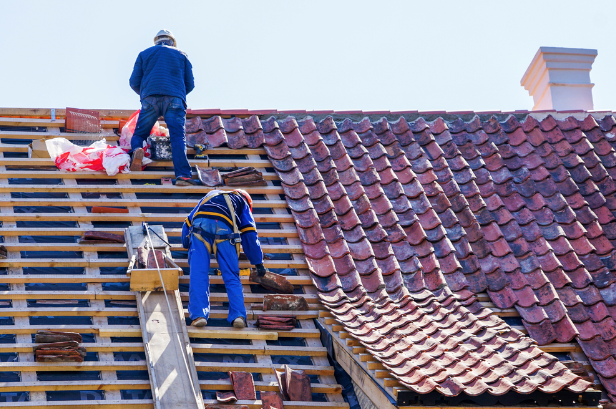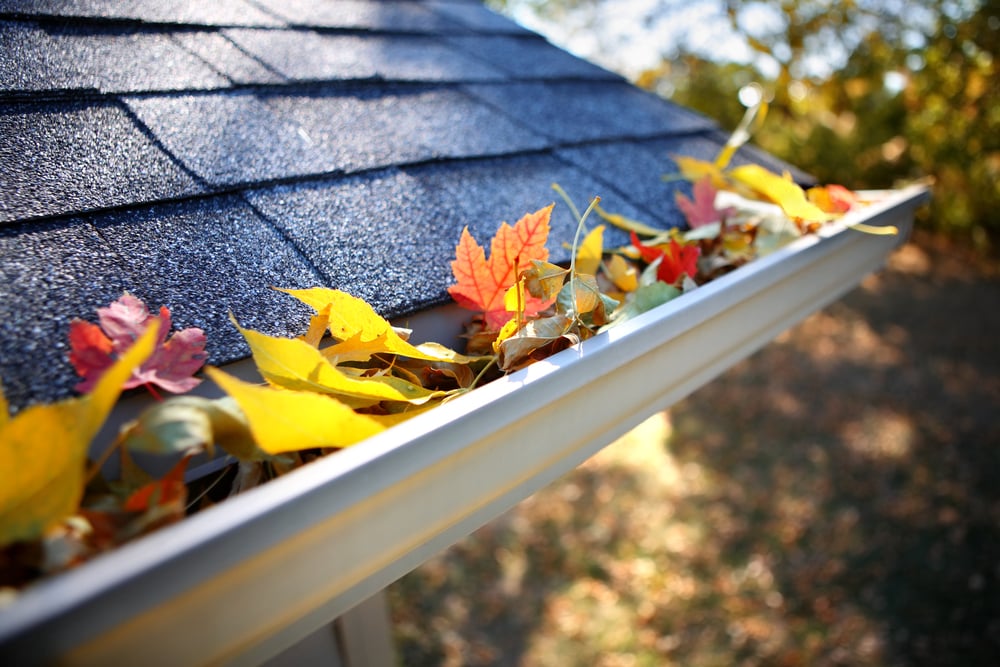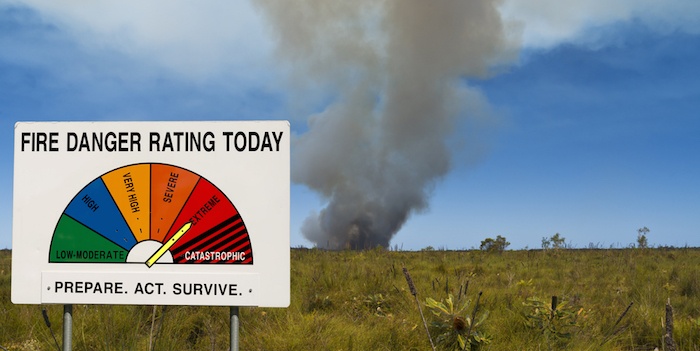
Jul
Combating bushfire risks: how your roof plays a role
Do you live in a bushfire prone area? Even if you don’t, as long as you live near any type of bushland area, fires can still occur. In this post we share some roof-specific tips to prevent a bushfire from becoming hazardous to your family and your property.

General Bushfire Tips
Firstly, never wait and see if a fire will grow worse. Relocating at the last minute can be deadly. Having a fire safety plan for your property, family and pets is important.
Your plan will include where you’ll go if you need to leave for a safer place; what you’ll do with pets and livestock; enable you to prepare the right equipment and resources to actively defend in case you cannot leave your property (e.g. sufficient independent water supply and a generator powered pump); etc. Your plan must be familiarised and practised with all members of your family or household.
If you live alone you may like to form a plan with your neighbours. You need to prepare your home to survive a bushfire, even if your plan is to leave. A well-prepared and constructed house is more likely to survive a bushfire than an unprepared one.
Roof Check Up
- St Albans Village says that the different materials also has an impact on bushfire proofing your home:
- Steel roofs are the safest under extreme bush fire conditions but be aware that corrugations in the metal material can allow sparks to enter the roof space. Embers can’t penetrate roofs if you have a second layer of continuous metal sheeting and/or roof sprinklers (best are low flow sprinklers).
- Slate or tiled roofs need a support structure that is able to keep sparks out and withstand high temperatures. The winds that accompany bushfires can be very intense, so it is important that tiles are fixed firmly in place to reduce the risk of them becoming dislodged and allowing the entry of embers.
- Wood shingles and bituminous roofing are the most vulnerable roofing materials and should not be used.
- Be sure to inspect your roof Make a visual check for any:
- Slipped and broken tiles
- Corroded roof sheeting
- Gutters and valleys full of leaves and debris and or corroded
- Tops of downpipes blocked
- Damaged/unstable TV aerial or receiver dish
- Flashings and fixings corroded
- Brick chimneys with poor mortar condition and loose bricks
- Torn or worn ineffective gutter guard
- Incorrect fall on gutters
- According to CFA Victoria, sealing gaps is one of the most effective defences against burning embers. Gaps in a roof can pose a high risk of ember penetration. If your roof doesn’t already have sarking (reflective non-combustible sheeting which prevents embers from entering in through your roof) built in, you can seal gaps by using compressed mineral wool insulation. This can be a cost-efficient and highly effective solution for existing homes. You need to insulate above and below rafters.
- The Queensland Government recommends regularly checking for and removing excess combustible materials from your backyard, roofs and gutters such as dry grass, dead leaves and branches and also moving any flammable items such as wood piles, paper, boxes, crates and garden furniture well away from your home.
- Gutters need to be cleared regularly and they should be capable of holding water. Flooding of gutters can help provide additional protection for your house during times of bushfire attack. Water overflow from gutters can also give some extra protection. Consider gutter guards. They can stop leaf build up in the gutters and roof valleys of your home. Leaf build up is a serious issue during a bushfire, all it takes is one ember to land in the wrong spot and it will ignite the leaf litter, which can easily lead to the destruction of your home.








